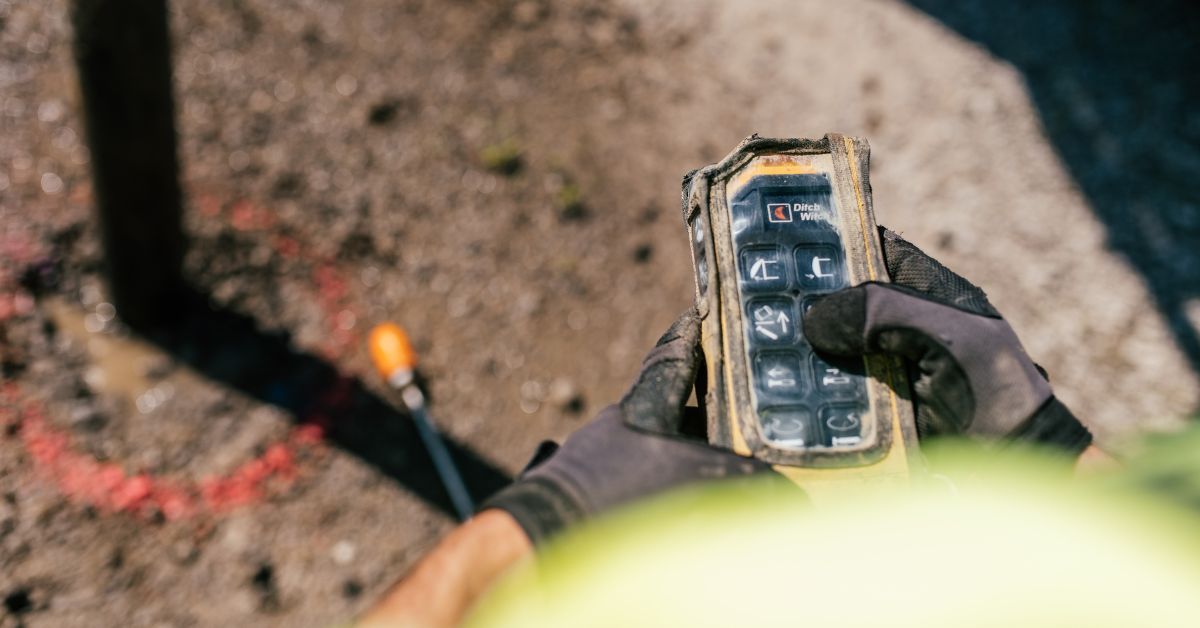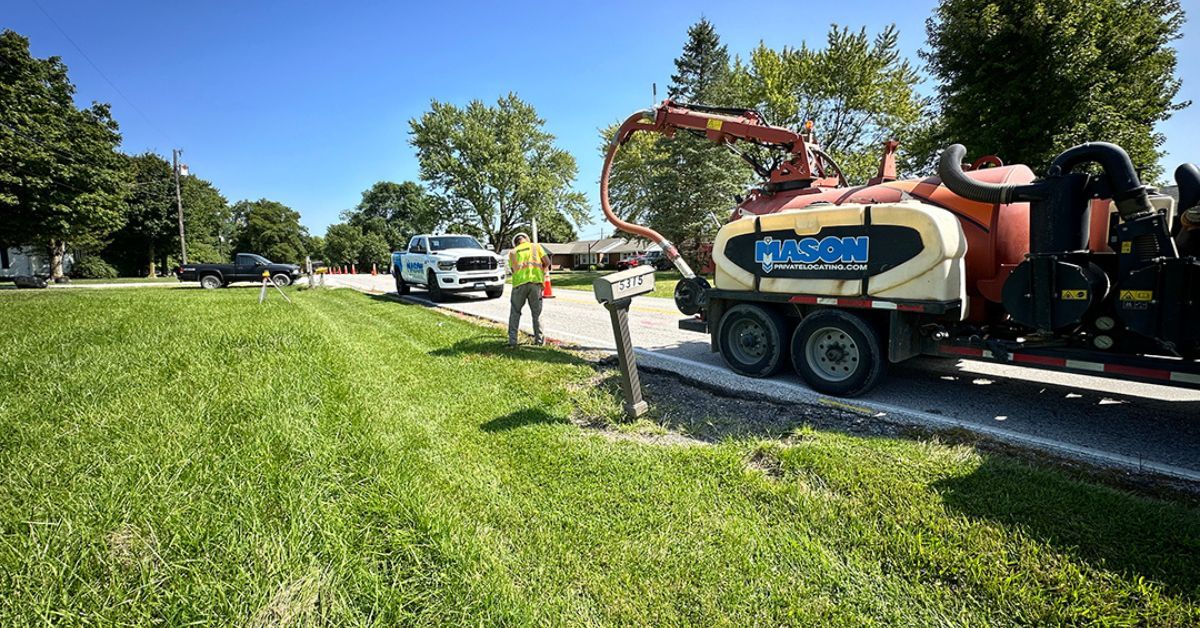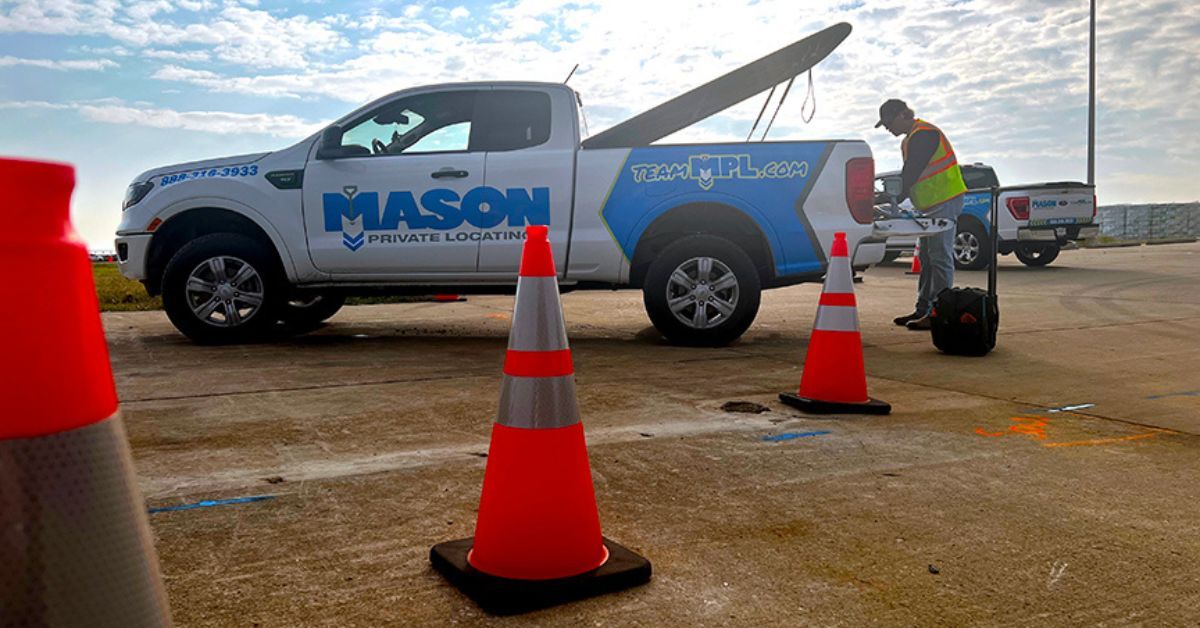
Construction projects face numerous challenges, such as tight deadlines, strict budgets, and damaging underground utilities. These risks are especially high during excavation. Advancements in excavation technology produce smarter, safer alternatives, with vacuum excavation leading the way.
Vacuum excavation is a minimally invasive excavation method that saves time and money on the construction site. The method has quickly become the preferred choice for many construction managers, project supervisors, and civil engineers. Our guide below will explain the challenges of traditional excavation methods, how vacuum excavation solves these issues, and more.
Traditional Excavation Challenges
Before we get into the benefits of vacuum excavation, let's review traditional excavation and how it can pose problems for construction teams and civil engineers. Manual digging and machine-driven techniques using backhoes and bulldozers have been standard practices in the industry for years. While effective in moving soil, they present issues such as risk damage and environmental disruption.
Risk of Utility Damage
Traditional excavation poses a high risk of damaging underground utilities, such as electrical cables, water pipes, and telecommunication lines. Striking these utilities causes unexpected repair costs, cause delays, and endangers workers on the site.
Labor-Intensive and Time-Consuming
Excavation using traditional methods is both labor-intensive and time-consuming. Tasks like removing large amounts of soil, refilling it, and cleaning up afterward demand significant human resources and extended timelines. For project managers working to stay on schedule, this inefficiency can become a costly obstacle.
Environmental Disruption
Heavy machinery and manual digging tools also disrupt the surrounding environment, leaving a larger project footprint. This can require additional landscaping or restoration work after completion of the excavation, further increasing costs and time.
Introduction to Vacuum Excavation
Vacuum excavation, also known as suction excavation or nondestructive digging, is an innovative solution that addresses the limitations of traditional methods. This technique uses an air or water jet to loosen soil and then vacuum it into a debris tank for disposal or reuse.
Unlike traditional excavation, vacuum excavation focuses on precision. By targeting the soil, it minimizes disruptions to surrounding infrastructure and reduces the risks associated with damage to buried utilities.

The Different Types of Vacuum Excavation
Vacuum excavation is a versatile method with various applications to meet a wide range of construction needs. The different types of vacuum excavation include test holes, trenching, slot trenching, and remote excavation.
Test Holes (Potholing or Daylighting)
Test holes—potholing or daylighting—involve digging small, precise holes to identify the location, depth, and dimensions of buried utilities. This method is ideal for verifying utility data to ensure accurate planning, especially in cases of incomplete or outdated utility maps.
Trenching
Construction crews and civil engineers can also use vacuum excavation to create trenches around underground utilities, such as pipes or cables. Workers can then precisely shape these trenches to meet the needs of the project, offering a safe way to work on buried infrastructure without causing damage.
Slot Trenching
Slot trenching is a specific application that uses high-pressure air or water to "cut" narrow trenches ranging from twelve inches to two feet wide and up to eight feet deep. This technique is for preparing areas for the installation of subsurface elements like wiring, piping, or foundations.
Remote Excavation
For work in hard-to-reach or confined spaces, vacuum excavation offers remote capabilities. Using long hoses connected to vacuum trucks, operators can remove soil in areas that are unsafe or inaccessible for heavy equipment. This method is also helpful for sites with unstable ground, where machinery weight may compromise safety.
The Advantages of Vacuum Excavation Over Traditional Excavation
Now that you know how vacuum excavation works, we can discuss how it saves time and money while promoting safety on site. With minimal soil disruption and precise accuracy, vacuum excavating is an excellent method for working on utilities and other digging applications.
Vacuum Excavation's Efficiency
Time is a critical resource on a construction site. Vacuum excavation is a significantly faster method of digging than traditional excavation. Traditional excavation may take days to carefully expose underground utilities while avoiding damage, whereas vacuum excavation can accomplish the same task in a fraction of the time. This rapid execution ensures that other construction activities can continue sooner, helping projects stay on track and reducing delays.
Cost Efficiency Analysis
Vacuum excavation offers direct cost-saving benefits to contractors and site managers. Although the initial equipment costs may appear higher, the efficiency provided by vacuum excavation saves money.
By reducing the risk of utility damage, projects avoid the expense of emergency repair costs and potential fines from utility disruptions. Vacuum excavation also eliminates the need for extensive backfilling and site restoration, cutting down overall labor and material expenses.
Precision and Accuracy for Confined Spaces and Emergency Repairs
One of the unique features of vacuum excavation is its precision. This becomes particularly valuable in confined workspaces or when conducting emergency repairs on buried utilities.
Traditional excavation equipment struggles to reach these areas effectively, but vacuum excavation allows targeted soil removal without collateral damage. It also ensures the clean and safe exposure of utilities, reducing the likelihood of accidental damage and enabling swift repairs.
Environmental Benefits
Vacuum excavation is also a more environmentally friendly alternative to traditional methods. Its non-destructive nature preserves surrounding vegetation and infrastructure, requiring less restoration work post-project.
Unlike manual or machine diggers, vacuum excavation reduces soil waste. It's also the preferred method for many applications of environmental cleanup, like clearing away blocked gullies and gutters on the street.
Safety Advantages
Worker safety is always a priority on any construction site. Vacuum excavation minimizes the use of heavy equipment and manual digging, which reduces the likelihood of accidental injury.
The precise targeting of soil removal also decreases the chance of utility strikes, which can pose severe hazards, including gas leaks, electrical shocks, or water pipeline bursts. With fewer risks to workers, project supervisors can maintain safer and more compliant work environments.

Witness the Value of Vacuum Excavation With MPL
If you're intrigued by the many advantages of vacuum excavation, you don't have to look far for a vacuum excavation company. The team at Mason Private Locating (MPL) combines advanced technologies with professional expertise to provide fast, accurate, and safe excavation solutions to save your construction site time and money. Whether you require potholing, slot trenching, or remote excavation, MPL is here to provide you with innovative and nondestructive excavation techniques that prioritize the safety of your workers.
Unlock Efficiency With Vacuum Excavation
Switching to vacuum excavation can transform the management of your construction projects. Not only will you benefit from significant time and cost savings, but you'll also enhance site safety, reduce environmental impact, and achieve unparalleled precision in all digging applications.
Take the first step toward smarter excavation practices today. To learn more or schedule a consultation, contact Mason Private Locating for reliable, experienced vacuum excavation services.













